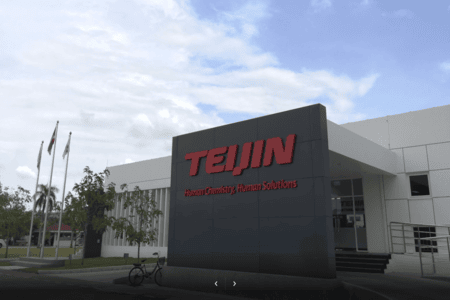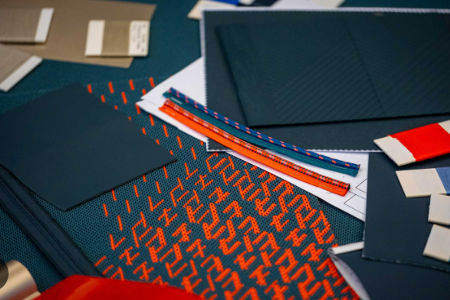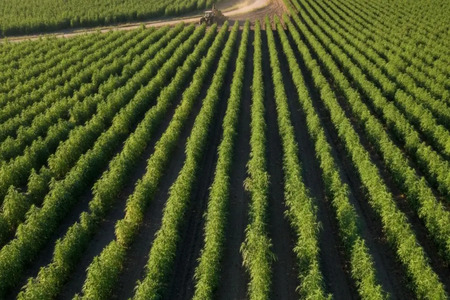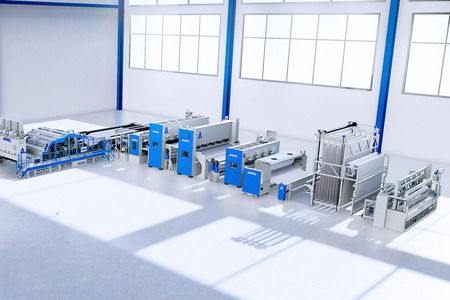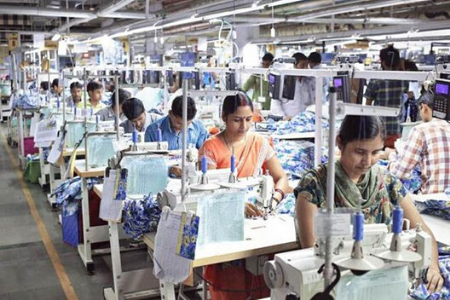
Indian textile sector all set to take economy to new height
YarnsandFibers News Bureau 2020-01-06 08:22:12 – IndiaDating back to the nineteenth century, the Indian textile sector is one of the oldest in the Indian economy. The sector is highly diversified, catering to a wide range of segments ranging from traditional handloom products to cotton, wool and silk products and has products that vary across natural & man-made fiber, yarn and apparel. Technical textiles to0 are set to play a crucial role in transforming the sector, given their wide applications across multiple end-use industries such as automobile, construction, infrastructure, healthcare, aviation, defence, etc.
Additionally, the textile industry is closely linked and dependent on the agriculture industry in order to source raw materials such as cotton. This is a sustainable bet wherein the entire industry is based on the byproduct of agriculture which helps the ecosystem as a whole, the producer and the end-consumer. Hence, the growth and all-round development of the textile industry is one of the crucial parameters that contribute to the growth of India’s economy.
As per a recent report by India Brand Equity Foundation, India’s overall textile exports during FY 2017-18 stood at USD 39.2 billion and is expected to increase to USD 82.00 billion by 2021 (up to Jan 19). Apparel manufacturers are now diversifying exports into countries like Japan, Israel, South Africa, and Hong Kong. Textile exports have witnessed a bearish trend for two years in a row and factors that led the growth curve downward include time taken to align to the new goods and services tax (GST) regime, the downward revision of export incentives, and the credit squeeze particularly faced by small and medium enterprises. Having said that, India is set to touch the USD 185 billion figure by the year 2024-2025 as per the Vision Strategy Action Plan for Indian Textile Sector. Below mentioned are three important factors that will help keep the sector in an upward trajectory.
Positive outlook for the sector at hand
- The Indian textile industry principally relies on cotton as its key ingredient as it forms the building block of the entire ecosystem. As per India Brand Equity Foundation, the production of raw cotton in India is estimated to have reached USD 36.1 million bales in FY19, which plays a crucial role in the textile industry to flourish. Moreover, the availability of large varieties of cotton fiber along with the fast-growing synthetic fiber industry has helped the industry build a strong foundation for itself.
- The textile industry in India has large and diversified segments that in-turn enable businesses and end-consumers to choose from a wide array of products. This, along with the availability of highly skilled manpower, provides a suitable platform for the textile industry to have an upper hand as compared to its counterparts. Moreover, there is a huge potential in the domestic and international markets that will help the industry sail amidst any possible headwinds in the coming decade. Additionally, curating sustainable solutions in close conjunction with end-consumers is a trend that has been observed and will continue to be a major focus in the near future too.
- The slowdown in the Chinese economy has rendered the cost of textile production in China high, and hence Chinese textile manufacturers have lost competitive advantages of the lower cost of production in the last few months. This has offered an opportunity for the Indian textile sector to grab the market share of China in the developed world, especially in the European Union and the United States. This is the right time for brands to increase their market share in the Indian belt thereby being in line with the government’s Make in India initiative.
Government support for the sector
- The new draft of the National Textile Policy aims to create new jobs by way of increased investments by foreign companies. Moreover, it also aims to generate employment for 35 million people across the country. Key focus areas of this policy include technological upgrades, enhancement of productivity, product diversification and financing arrangements.
- It also focuses on establishing a modern apparel garment manufacturing center in every north-eastern state for which the government has invested an amount of USD 3.27 million. All of these initiatives by the government will play an instrumental role in taking the sector to newer heights, thereby helping the economy grow in several other ways.
- Realizing the importance of promoting the technical textile sector in India, the Ministry of Textiles has been actively working towards the development of technical textiles in India.
- To provide a separate identity and status to this sector, 207 HS Codes have been notified as technical textile products. In addition, the government is planning to encourage research and innovation in the segment by encouraging investments.
Growth of technical textiles in the country
- Technical textiles are the fastest growing and the most promising areas that fall under the larger textile industry. As per India Brand Equity Foundation, the sector has demonstrated encouraging growth trends in India with a CAGR of 8% for the last few years wherein it has reached a size of $13 billion. This is the most promising time for the sector in India as the government is deeply engaged to devise policies that would boost it.
- The future of the textile industry in India has a positive outlook and is mirrored by increasingly strong consumption rates in the domestic market as well as the growing demand for exports. Moreover, the industry has earned a unique place in the economy due to its strong future outlook, numerous employment opportunities it has generated and the strong export numbers it has generated.
Balancing compliance
This is a critical time for the textile value chain in India. Customers are feeling the impact of shifting fiber trends, changing consumer preferences, higher operating costs and the requirement of meeting different environmental standards. Also, the companies in India are now turning towards innovative dyeing methods and processes that facilitate greater water saving, as the government aims to cut industrial water use by 50% in the next five years.
Courtesy: Financial Express
Market Intelligence
Ask for free sample Report

experience
Customer Base
dedicated team
Countries Served Worldwide



